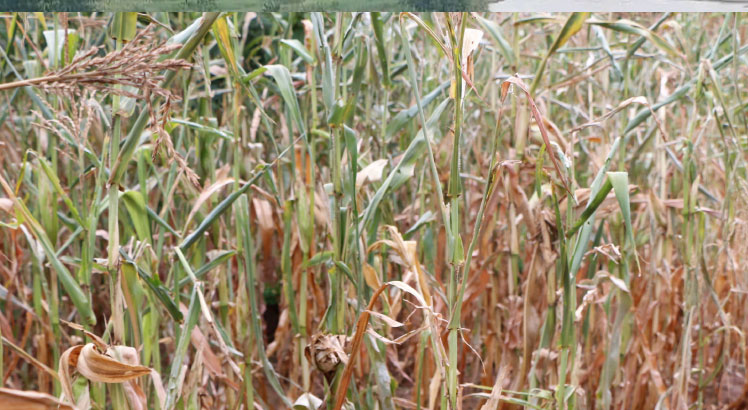Fish raises K130bn
Malawi’s annual fish production increased by eight percent at 157 268 tonnes in 2016, raking in K129.74 billion ($172.74 million) last year.
In 2015, the country produced 144 315 tonnes of fish, generating K108.66 billion ($162.26 million), according to the 2017 Malawi Government Economic Report.

It is anticipated that fish production will increase from 157 267.7 tonnes to 166 452.1 tonnes in 2017 and to 174 774.7 tonnes in 2018 generating K144.18 billion and K152.05 billion, respectively to increased fish prices.
According to the report, a total of 36 147 live fish had been exported, generating K157.997 million in 2016 while in the previous year, 31 397 live fish was sold to the international market raking in K96.17 million.
“The exports were to 11 countries: Canada, Denmark, France, Germany, Hong Kong, Japan, South Africa, Sweden, Thailand, United Kingdom [UK], and USA with the greatest value of exports to Germany valued at K58 414,957 and Hong Kong at K46 358,866,” reads the report.
Although the fish industry has registered growth, it is still grappling with increased operation costs due to inflation, difficulties in operating a fishing enterprise due to the increase in the required start-up capital and the poor availability of spare parts for engines, among others.
In an interview on Monday, Department of Fisheries assistant director Friday Njaya said the country is failing to satisfy the high demand of fish both on the local and international market.
He, however, said there are hopes that things will pick up with the implementation of the new National Fisheries and Aquaculture Policy of 2016 which is promoting commercial aquaculture including pond-based aquaculture.
“Although the catch has increased, it is mainly usipa at 70 percent, we still need to recover the stocks of chambo and other larger species on capture fisheries” said Njaya.
He said his department is also working on research to be done within capture fisheries and dissemination of information.
He further said government is looking at broadening up the fisheries sector to attract investment and improve on the country’s fish standards.
Lake Malawi remains the country’s major source of fish as it registered a total landing of 147 972 tonnes while in terms of catch composition, the dominant fish species is usipa at 70 percent, utaka at nine percent, kambuzi at four percent, with Chambo and kampango among the lowest catch at one percent.
According to data from the 2017 Malawi Government Economic Report, fish prices have increased, except for chambo, mpasa and Mphende whose beach prices have slightly decreased.
In the year under review, the sector directly employed an estimated 61 143 fishers. This represents an increase of 0.65 percent as compared to 2015, when 60 746 fishers were employed
The country has about four percent of the world’s fish species with Lake Malawi alone having 800 endemic fish species.





